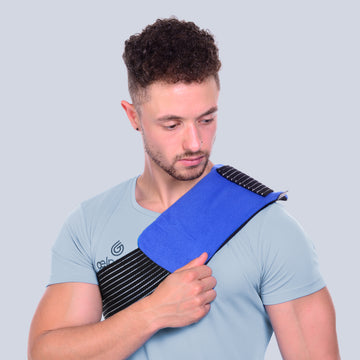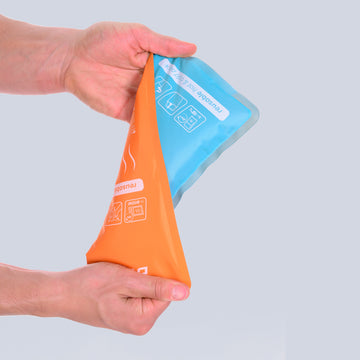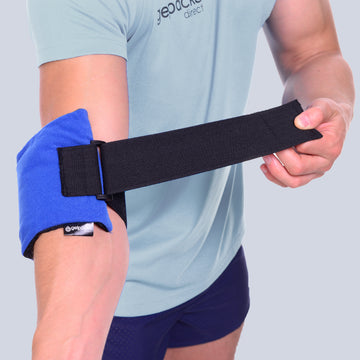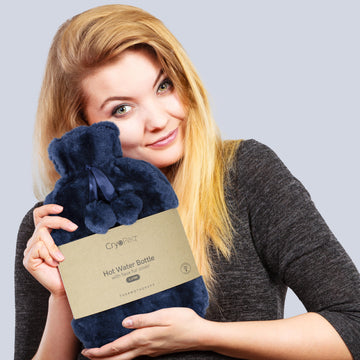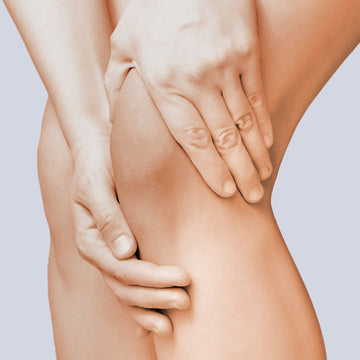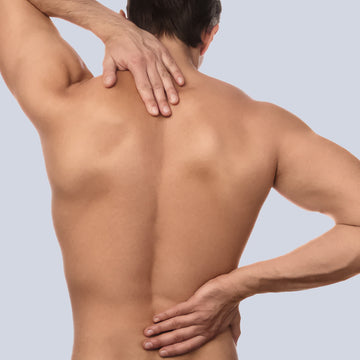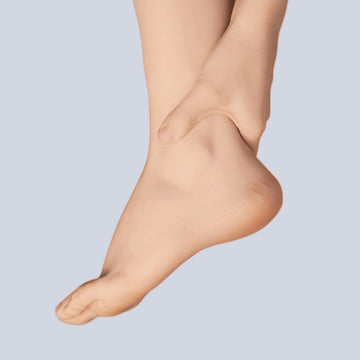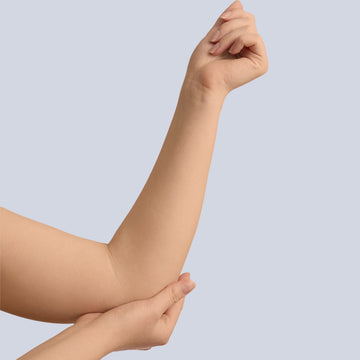It is very important to understand whether a specific injury requires ice or heat. Generally speaking, ice is required for fresh injuries where tissues become swollen and inflamed, whilst heat is for long-term chronic pain including lower back pain, stiff joints and aching muscles.
IMPORTANT: If used incorrectly, heat can make inflammation significantly worse, and ice can aggravate symptoms of tightness and stiffness, worsening pain in the process. Always consult a medical professional if you are unsure if your injury requires heat or ice. You should only perform hot or cold therapy for the medically advised time of 20 minutes per application, every 2 hours.
